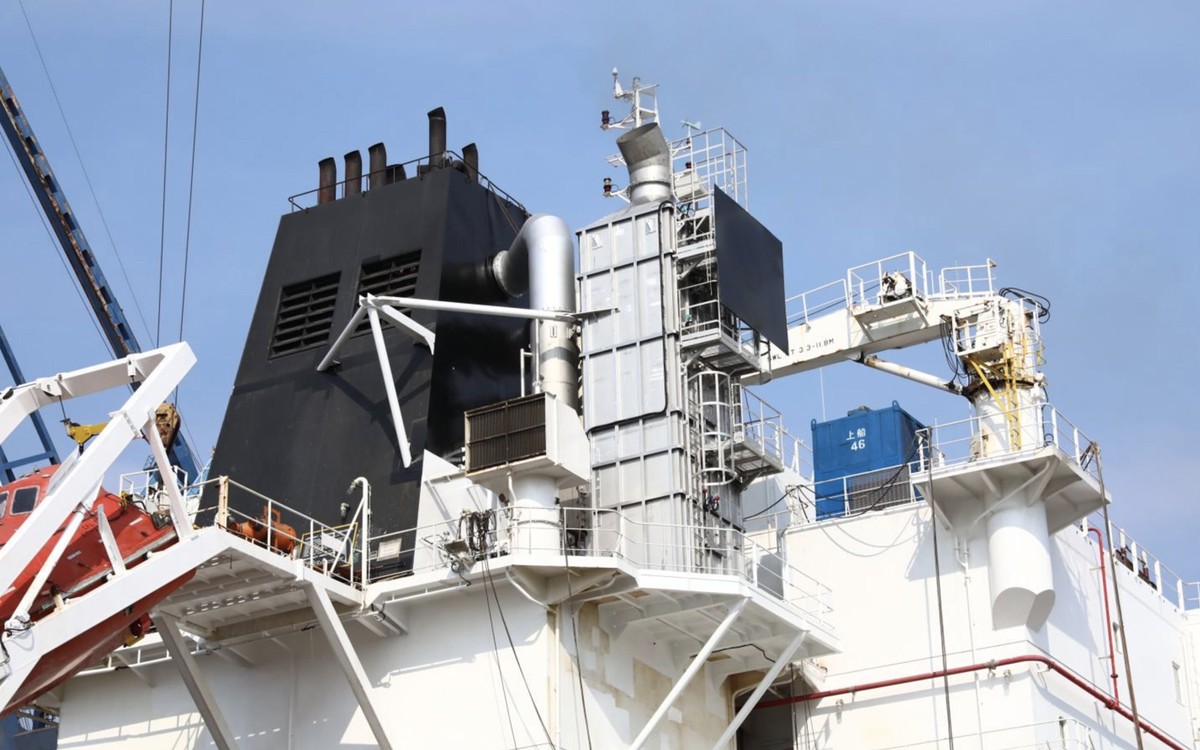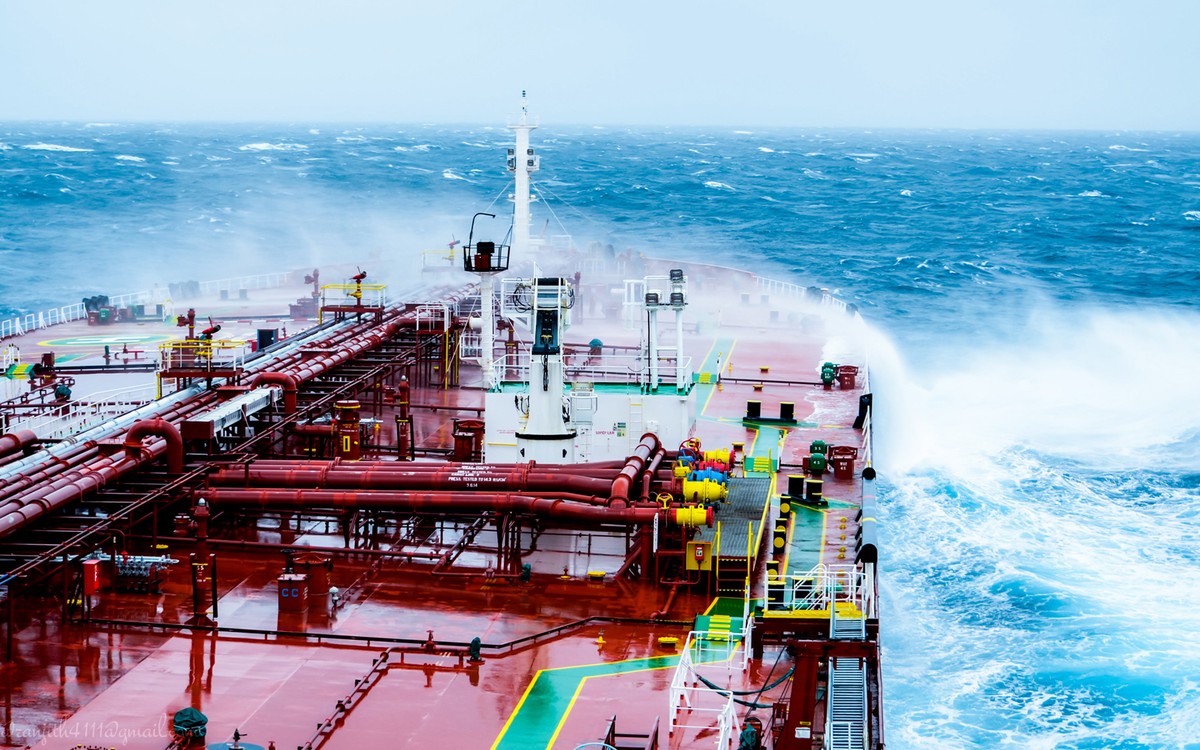Scrubber payback times are looking attractive right now
It is probably no exaggeration to say that if your primary concern is shipping then your secondary concern is fuel. And that’s truer today than ever before. Fuel normally represents up to 60% of total vessel operating costs.
But supply constraints arising from the conflict in Ukraine have sent oil prices skywards. At the beginning of March, Brent and West Texas Intermediate both went over $100 a barrel. Brent was up by almost 80% compared to a year ago.
Although the US has led moves to curtail price increases by releasing crude reserves, the medium-term outlook remains uncertain and the International Energy Agency has warned oil faces the “biggest supply crisis in decades.”
And if you own a shipping company, when the cost of fuel goes up the viability of your business goes down.
That’s what looked set to happen back in 2018, when new rules limiting the sulfur content of fuels saw analysts predicting a 25% increase in shipping fuel costs, equivalent to $24 billion, from last year.
At the time, Pacific Green came to the industry’s rescue, offering a game-changing scrubber technology—ENVI-Marine—that allowed vessel owners to cut the sulfur emissions of traditional fuels and thus avoid paying the penalty for pollution.
With market-leading payback times, one of the world’s most compact scrubber footprints and the choice of open- or closed-loop installations, ENVI-Marine represented a step change in marine emissions reduction.

It helped save fuel costs in more than 120 vessels, covering multiple types of vessels including oil tankers and container ships and bulk carriers.
Because of the coronavirus pandemic, the price increases that were expected in 2020 ultimately failed to materialize—but now things are changing. There is no getting away from the fact that marine fuel costs are on the rise.
Even before the crisis in Ukraine, the economic bounce-back from COVID-19 was putting pressure on supply chains and creating surging demand for seaborne cargo. That, in turn, was leading to a spike in fuel demand.
According to trade data provider Ship & Bunker, the global average bunker price for low-sulfur marine gasoil (MGO) rose more than 11% in the six months to December 1, from USD$653.50 to $726.50 per metric ton.
Then the Ukraine crisis broke out, putting Russian oil supplies in doubt. Russia is the world’s largest exporter of oil and the second largest exporter of crude, behind Saudi Arabia. With fears of a supply crunch mounting further, by March MGO was trading above $1,000 per ton.
That’s a more than 60% rise in less than nine months. MGO is of interest in the current regulatory environment because it complies with the sulfur limits imposed on shipping in European Union ports or Emission Control Areas.
But it is also significantly more expensive than high sulfur fuel oil (HSFO), which has emissions above new limits imposed by the International Maritime Organization (IMO) in 2020.
Before, vessel owners could have mitigated fuel price rises by purchasing cheaper, more polluting bunker fuels. That is less of an option following the rules that entered force in 2020. Unless your vessel is equipped with scrubbers, that is.
HFSO remains relatively cheap today because there are not that many customers who can take it. On the Mabux Global Bunker Index in mid-March, for example, HSFO was trading at around $680 per metric ton, compared to about $1,110 for MGO.
For illustrative purposes, a vessel filling up with 3.5 million gallons or 13,300 metric tons of averagely priced MGO in mid-March 2022 would have paid over $5.7 million more for the fuel than one powering engines with HSFO.

The same dynamics apply to HSFO compared to low and ultra-low sulfur fuel oils, which like MGO comply with IMO rules but command a premium in terms of cost.
Naturally, some of the increased cost of fuel can be passed onto customers via bunker adjustment factors and emergency bunker surcharges. But with inflation already on the rise, there could be a limit to how much extra customers are willing to pay.
In a competitive market, fleets that can use HSFO thanks to scrubbers are able to make more money because less of their margins are eaten away by fuel costs.
Citing figures from Clarksons Platou Securities, Hellenic Shipping News said that at the start of March a very large crude carrier (VLCC) equipped with scrubbers could be making more than twice as much money a day than one without scrubbers.
The shipping news portal also reported on an analysis of Capesize dry cargo carriers equipped with scrubbers.
“Clarksons puts the all-in cash break-even rate for five-year-old Capes at $16,000 per day, implying that scrubber-equipped Capes are in the black, non-scrubber Capes deep in the red,” it said.
In view of these pricing trends, it increasingly makes sense of ship owners to invest in scrubber technology...
At this point, it is important to note two things. First, this price spread is consistent and growing over time. HSFO will always be significantly cheaper than MGO and other low-sulfur fuels because of the higher refinery costs of the latter.
Second, even in the absence of geopolitical turmoil and supply issues, the spread is likely to increase as IMO rules drive up demand for low-sulfur fuels and curtail demand for HSFO.
In view of these pricing trends, it increasingly makes sense of ship owners to invest in scrubber technology, even if it means taking a vessel out of commission to carry out the installation (as opposed to during a scheduled maintenance period).
Furthermore, for shipping companies concerned about the environmental impact of fuel consumption, research shows burning HSFO with a scrubber is actually lower in emissions than using lower-sulfur fuels.
In fairness, if you are running a shipping company right now then reducing environmental impacts is probably not top of your agenda. As fuel costs continue to rise, you’ll be thinking about how you can keep your business alive.
The good news is you could start installing scrubbers to your vessels now and get an immediate payback, with benefits lasting well into the future. If you prefer this option over continued fuel price uncertainty, let’s talk about it now.
Would you like to discuss more?
Our global team of advisors with years of combined experience in the marine sector are on hand to discuss your project.